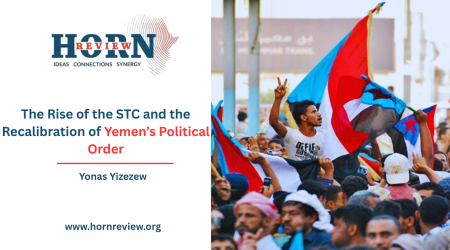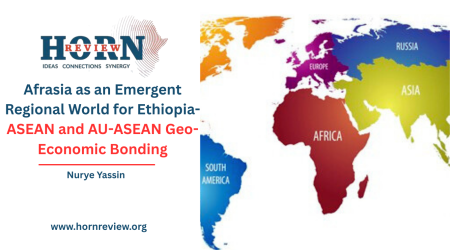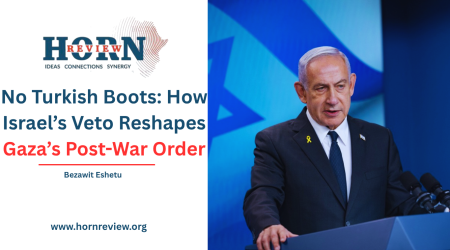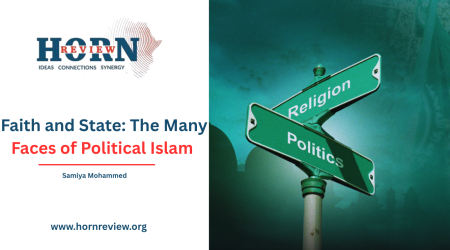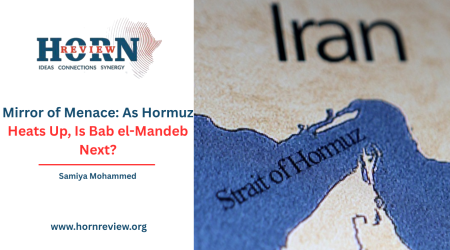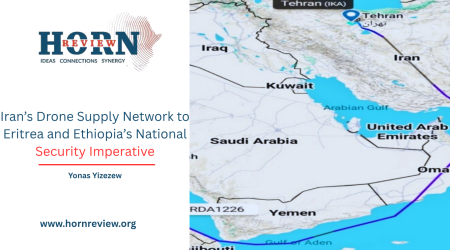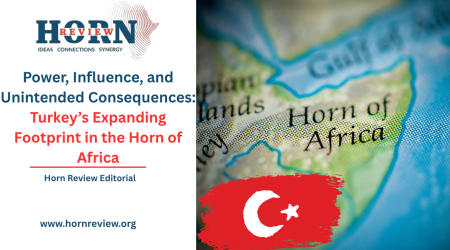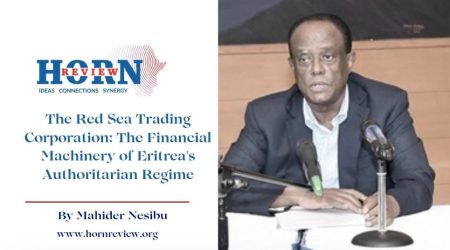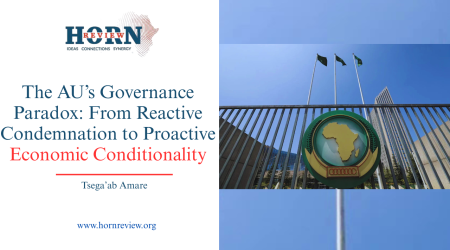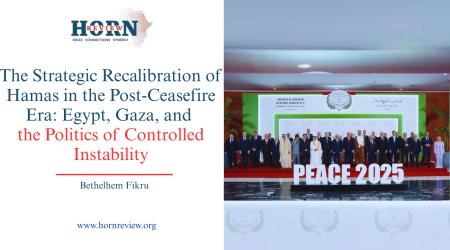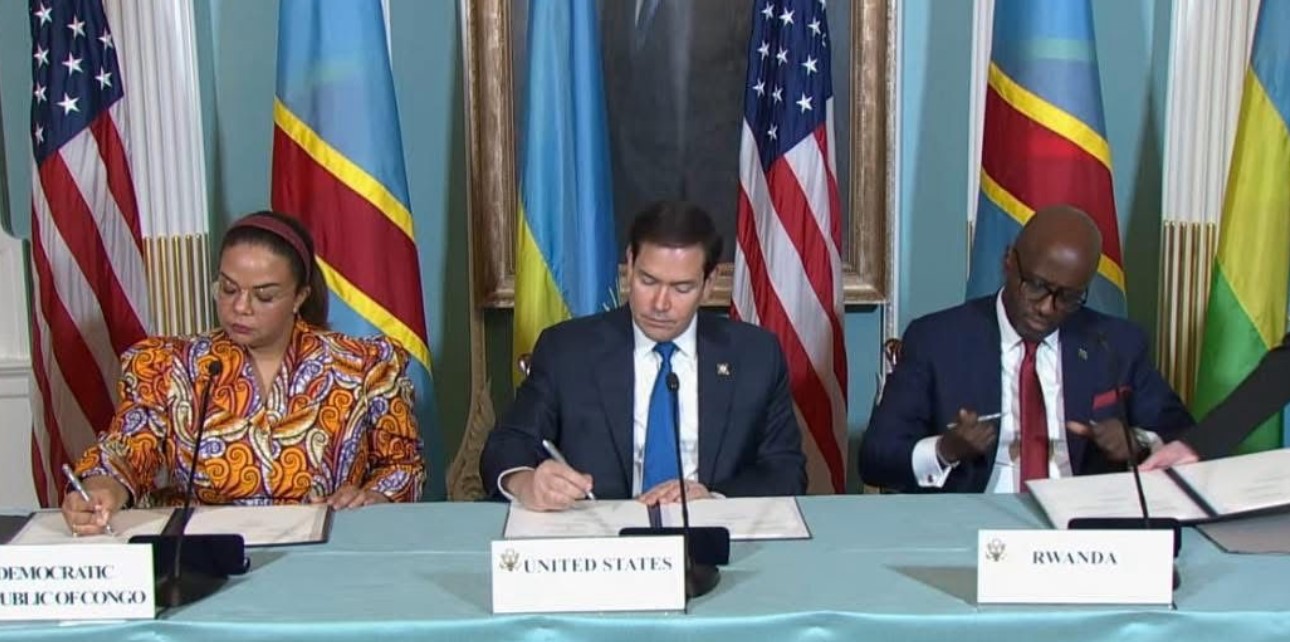
4
Jul
A Fragile Blueprint: Examining the DRC-Rwanda Peace Agreement
On June 27, 2025, a historic milestone was achieved between the Democratic Republic of the Congo (DRC) and Rwanda. A peace agreement was signed in Washington, D.C., lauded by the United States as a “historic step” toward durable peace and economic development in the Great Lakes region.
The agreement, building on previous efforts and mediated by Qatar with support from the African Union, seeks to address the decades-long conflict through mutual respect for sovereignty, territorial integrity, and human rights. While the accord offers genuine reasons for optimism, its successful implementation faces formidable challenges rooted in the complexity of the region.
At the core of the accord is a strong emphasis on mutual respect for territorial integrity, as well as an explicit prohibition of hostile acts and support for armed groups. The comprehensive nature of the agreement, along with the backing of key international and regional actors, offers a robust framework for peace. This is a critical step as accusations of cross-border interference and proxy support have long fueled the conflict. The commitment shown to neutralize the Democratic Forces for the Liberation of Rwanda (FDLR) and implement disengagement measures for Rwandan forces directly addresses Rwanda’s primary security concern.
The agreement calls for the disengagement, disarmament, and integration of non-state armed groups, including the M23, albeit conditionally and on a case-by-case basis, into the FARDC and PNC. This pragmatic approach of acknowledging the reality of existing combatants seeks to provide a pathway for their reintegration, which potentially reduces the pool of individuals that are available for a renewed conflict. The establishment of a Joint Security Coordination Mechanism within 30 days is a tangible step towards immediate de-escalation and intelligence sharing, with the presence of US and Qatari observers adding a layer of oversight and trust-building.
A significant element of optimism lies in the proposed Regional Economic Integration Framework. By aiming to expand foreign trade and investment from critical mineral supply chains and by introducing greater transparency to block illicit economic pathways, the agreement targets one of the core drivers of conflict: the illicit exploitation of the DRC’s vast natural resources.
Finally, the agreement’s emphasis on African-led processes is commendable. It recognizes the vital role of the African Union and regional bodies in fostering sustainable peace, leveraging their contextual understanding and ownership. The inclusion of the African Union Facilitator in the Joint Oversight Committee (JOC) for implementation and dispute resolution reinforces this principle, aiming for solutions that resonate with regional dynamics rather than being imposed externally.
Despite its promising provisions, the peace agreement faces significant headwinds, raising questions about its long-term viability and true impact. One of the biggest points of contention is the exclusion of the M23 rebel group from directly signing this agreement. While there are talks happening behind the scenes in Doha, as the accord explicitly notes, M23 leaders have openly stated that agreements made without their direct involvement will not be binding, significantly undermining the disarmament and demobilization goals.
Achievement of the agreement depends on its implementation, a goal that has in the past foiled peace processes in the Democratic Republic of the Congo (DRC). The agreement outlines the neutralization of the FDLR; however, past efforts have largely failed to achieve this purpose, often leading to cycles of violence and displacement. Civil society groups in the DRC have been vehement in their opposition, with a coalition of 80 non-governmental organizations (MOSSAC) protesting the agreement as “hasty and ill-conceived” and branding it as a “secret agreement.”
Their concerns are significant: they argue that the “conditional integration” of combatants will destabilize the Congolese army, that the “joint security coordination mechanism” will allow Rwandan forces to carry out operations within DRC borders, and the “regional economic integration framework” will effectively reward Rwanda for its alleged role in the war at the cost of Congolese resources. Advocates for Human Rights have likewise pointed out the failure of the agreement to meet issues of justice and reparations for victims of massive human rights abuses, a major omission for the realization of durable peace.
Moreover, the withdrawal of the UN peacekeeping mission, MONUSCO, by the end of 2024, despite the agreement explicitly stating the Parties “shall facilitate and support MONUSCO’s capacity,” presents a significant security vacuum. MONUSCO’s presence, though often criticized, has provided crucial protection for civilians and logistical support. Its departure, amidst ongoing armed group activity and a fragile peace process, raises serious concerns about who will fill the security void and ensure the agreement’s terms are enforced on the ground. The prior termination of the SADC Mission in DRC (SAMIDRC) mandate in April 2025 further highlights this shrinking security blanket.
The critical minerals dimension, while offering significant economic potential, is, by its nature, risk-prone. The DRC’s vast mining resources have long been a key driver of conflict, fueling the operations of armed groups and entrenching corruption. While the agreement aims for transparency and ethical sourcing, the historical context and the ongoing illicit trade (e.g., reports of M23 fraudulently exporting coltan to Rwanda) suggest that robust, independent oversight and genuine political will from all parties will be essential to prevent the economic framework from inadvertently perpetuating conflict. In addition, the larger global dynamics, whereby the United States seeks to counter China’s dominance in the mineral supply chain, add complexity and increase the prospect that outsiders’ interests will dominate local peace priorities.
The Congo-Rwandan peace accord is a major diplomatic achievement that presents a clear formula for attaining stability and promoting economic cooperation in a conflict-ridden region. Its success, however, is far from guaranteed. The persistent challenge is to move beyond rhetoric and written agreements to ensure effective implementation, which will require sustained political will by all parties, the genuine integration of local voices, effective enforcement measures, and an accurate understanding of the underlying historical and economic forces driving conflict. Without attention to these essential limitations, this “historic step” stands the risk of being another addition to the long list of broken promises throughout the Great Lakes region.
By Tsega’ab Amare,Researcher,Horn Review

